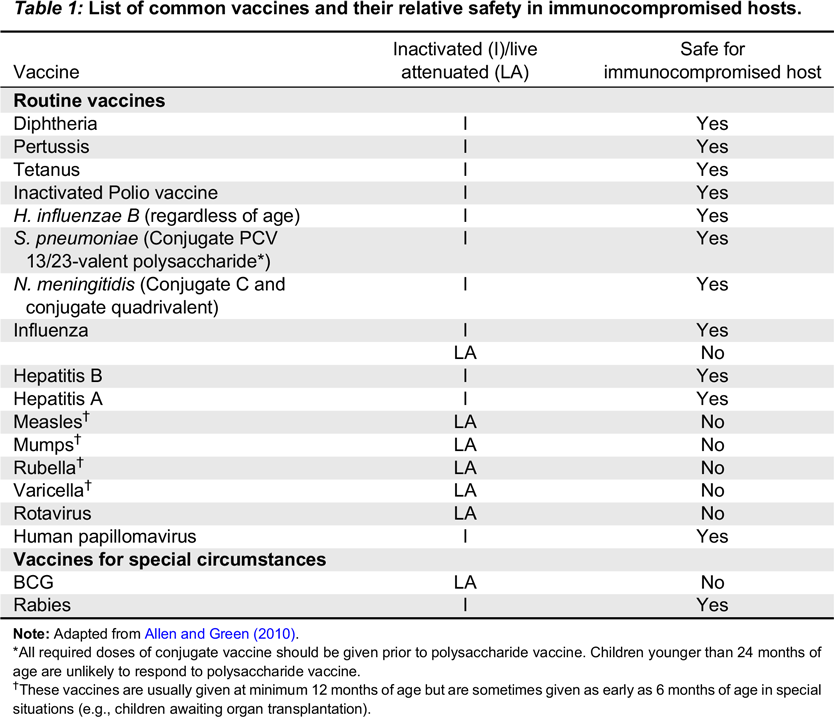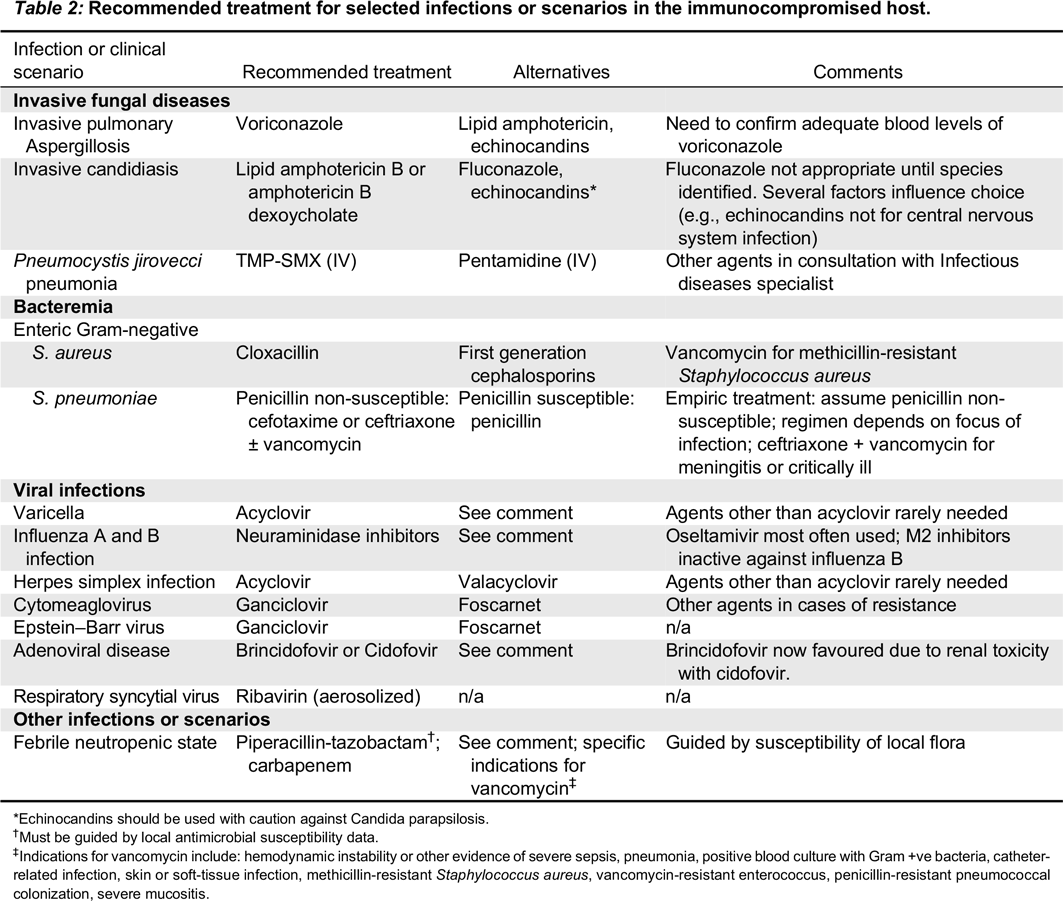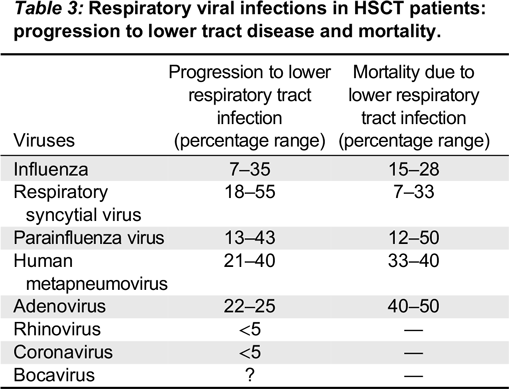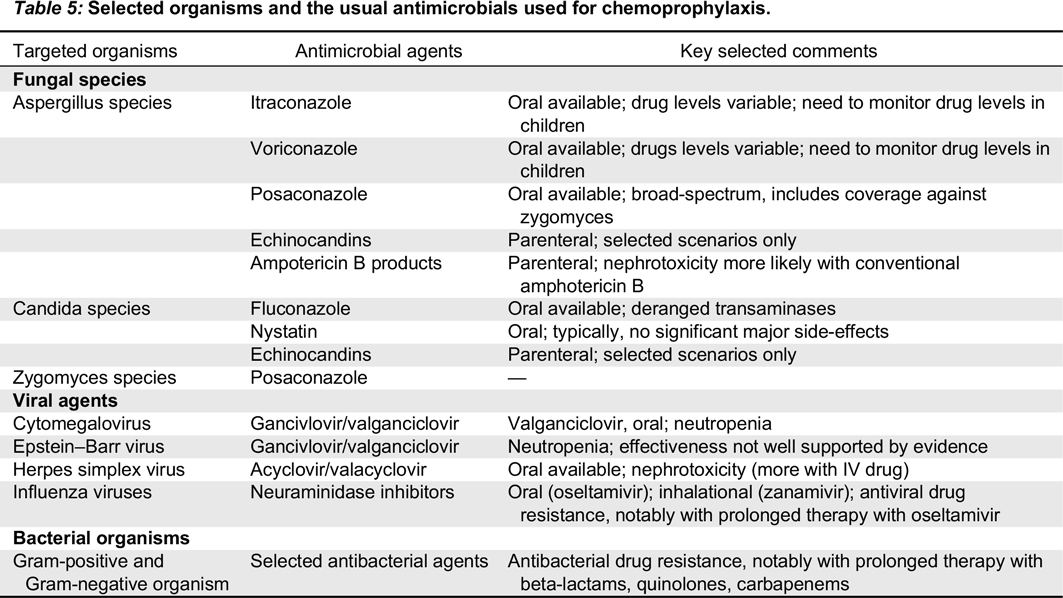Management of infections in the immunocompromised child: General principles
Abstract
Introduction
General Concepts
The effects of treatments and disease states on the host’s immune defenses
The net state of immunosuppression
Definition of infection versus disease states and related issues
Concept of induction and maintenance therapy
Pediatric-specific challenges
Clinical Clues to Specific Immunologic Defects
Principles of Management of Selected Infections and Clinical Syndromes
Vaccine preventable diseases

Note: Adapted from Allen and Green (2010).

Respiratory viral infections


Pneumonias in the immunocompromised
Fever and neutropenia
Antimicrobial therapy for selected scenarios
Antimicrobial Chemoprophylaxis

Concluding Remarks
REFERENCES
Information & Authors
Information
Published In

History
Copyright
Authors
Metrics & Citations
Metrics
Other Metrics
Citations
Cite As
Export Citations
If you have the appropriate software installed, you can download article citation data to the citation manager of your choice. Simply select your manager software from the list below and click Download.
There are no citations for this item
View Options
View options
Get Access
Login options
Check if you access through your login credentials or your institution to get full access on this article.


